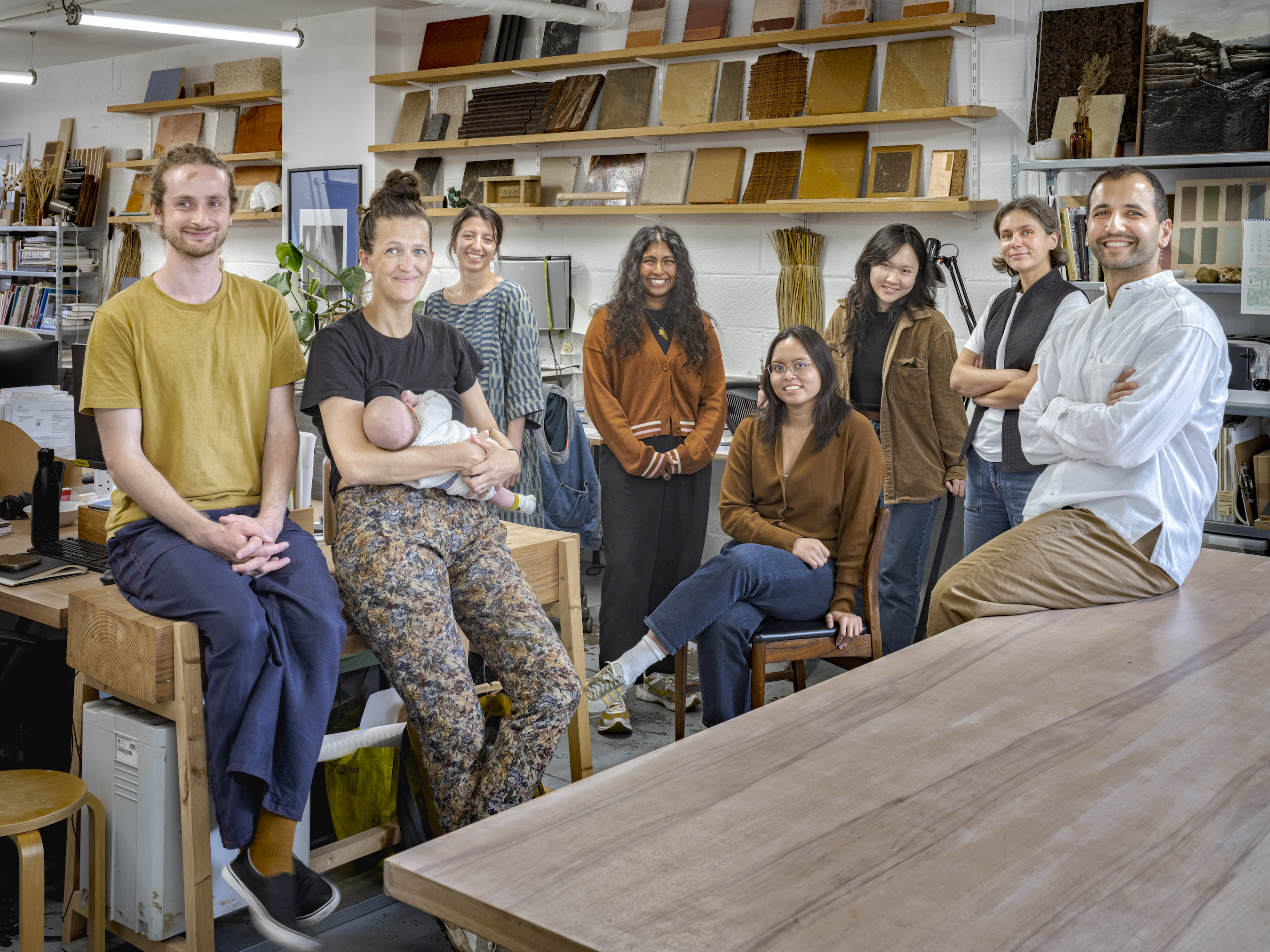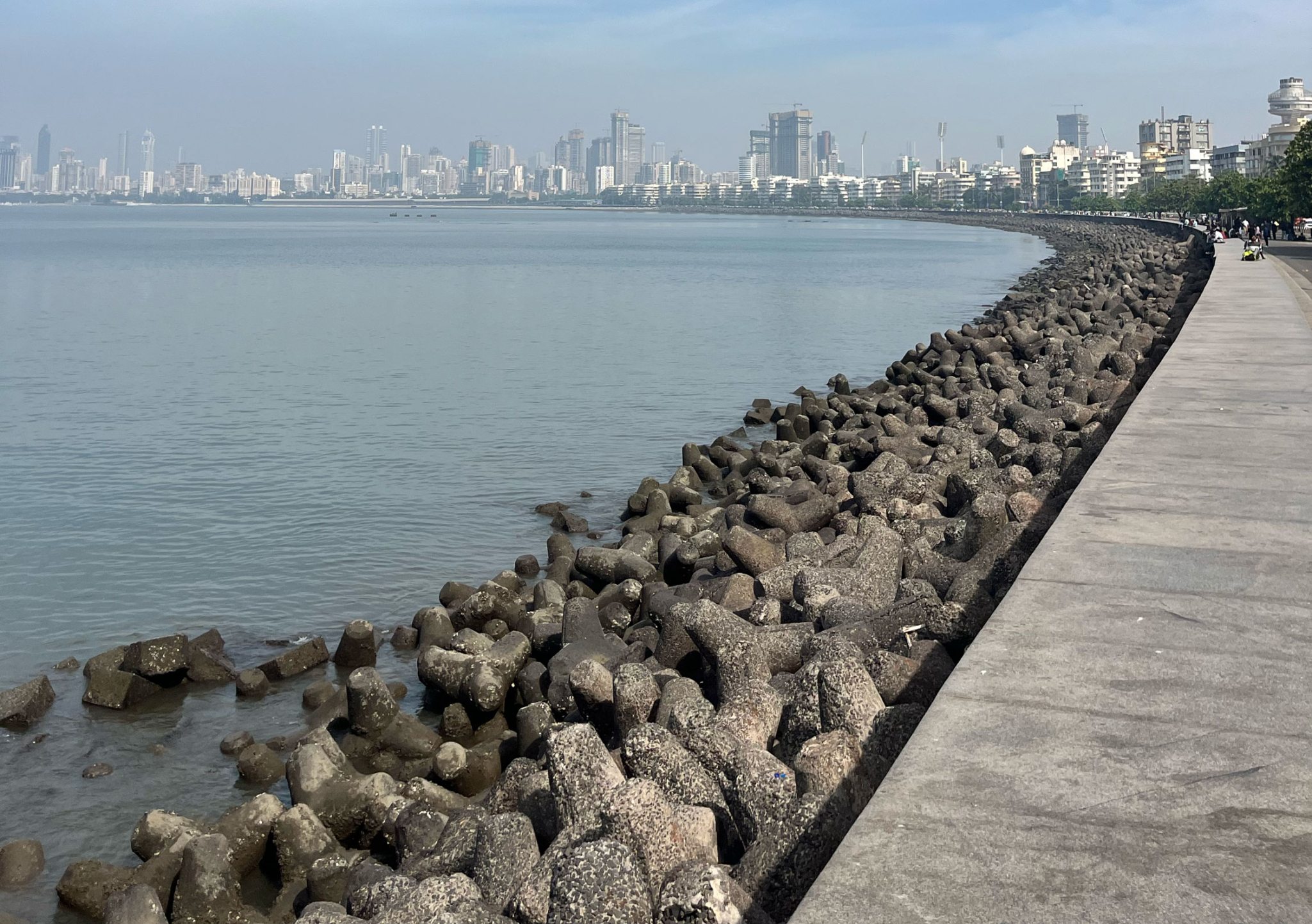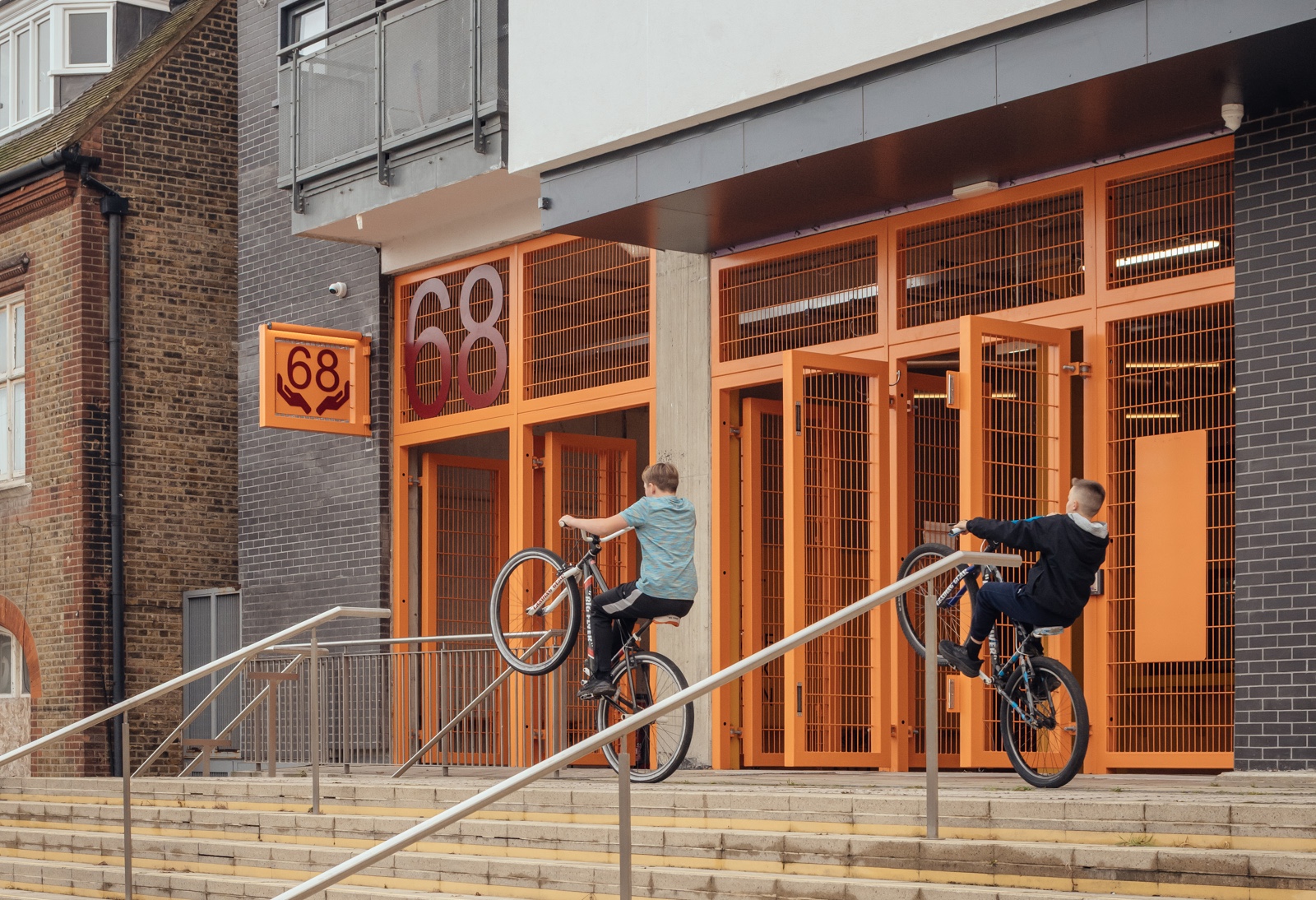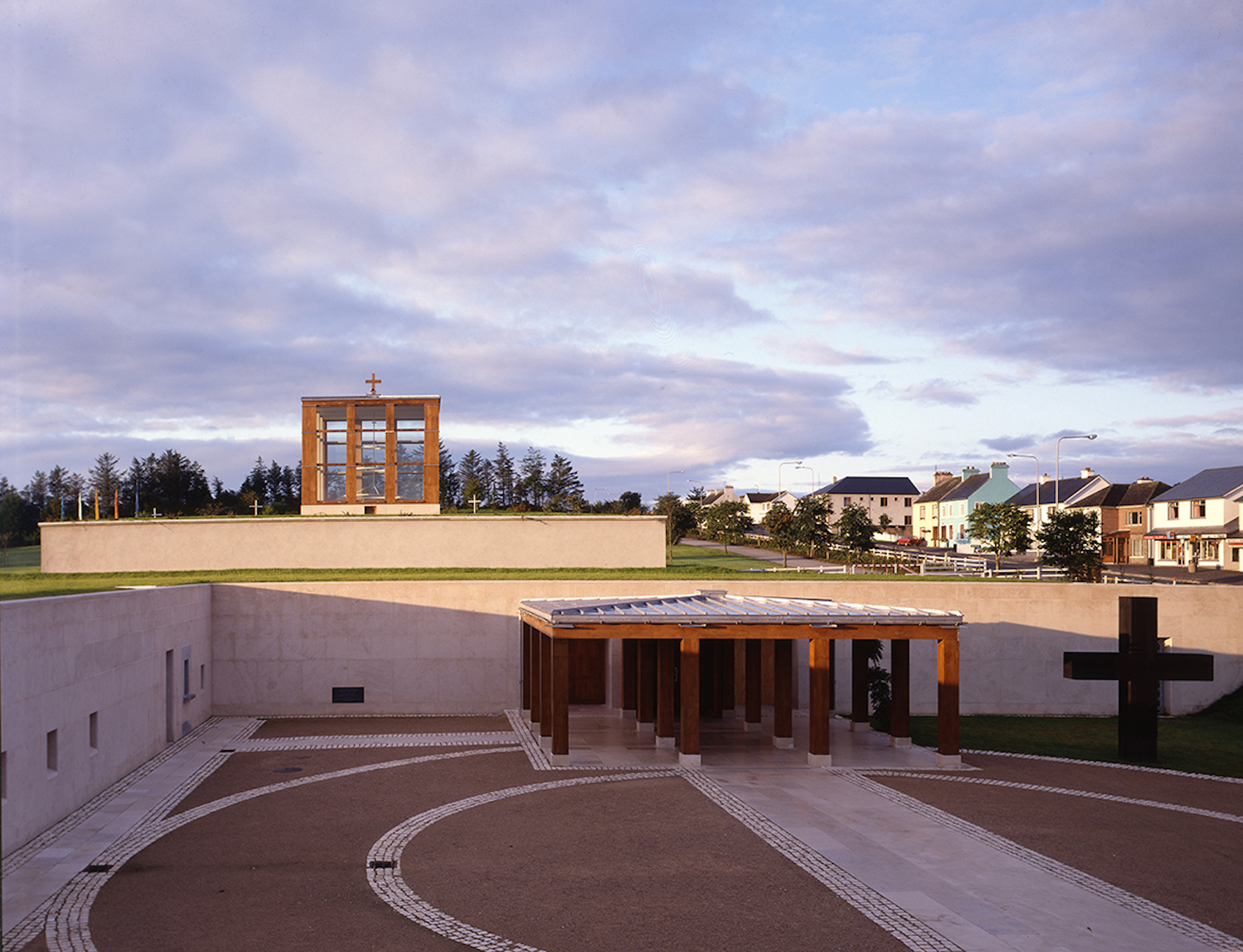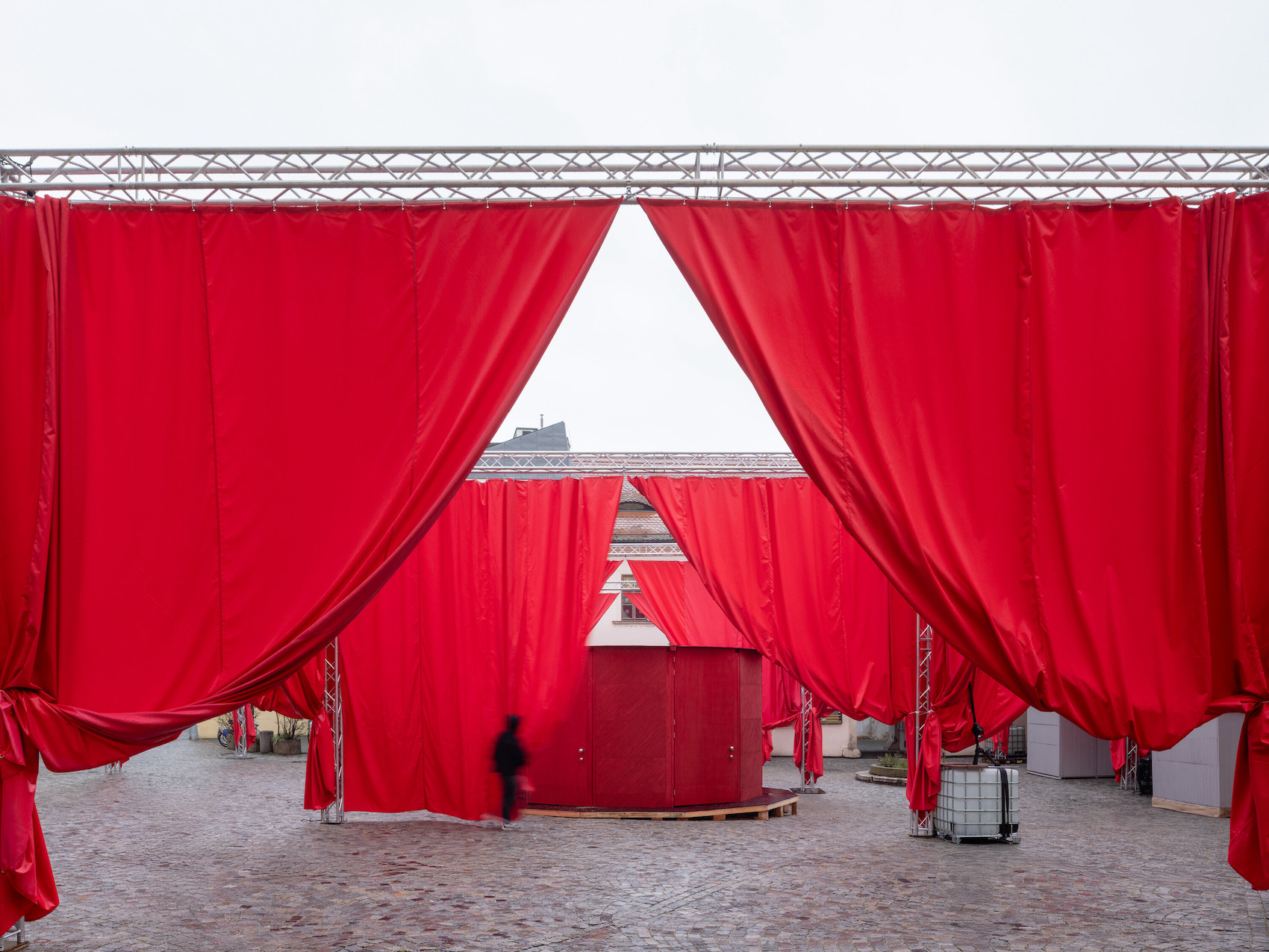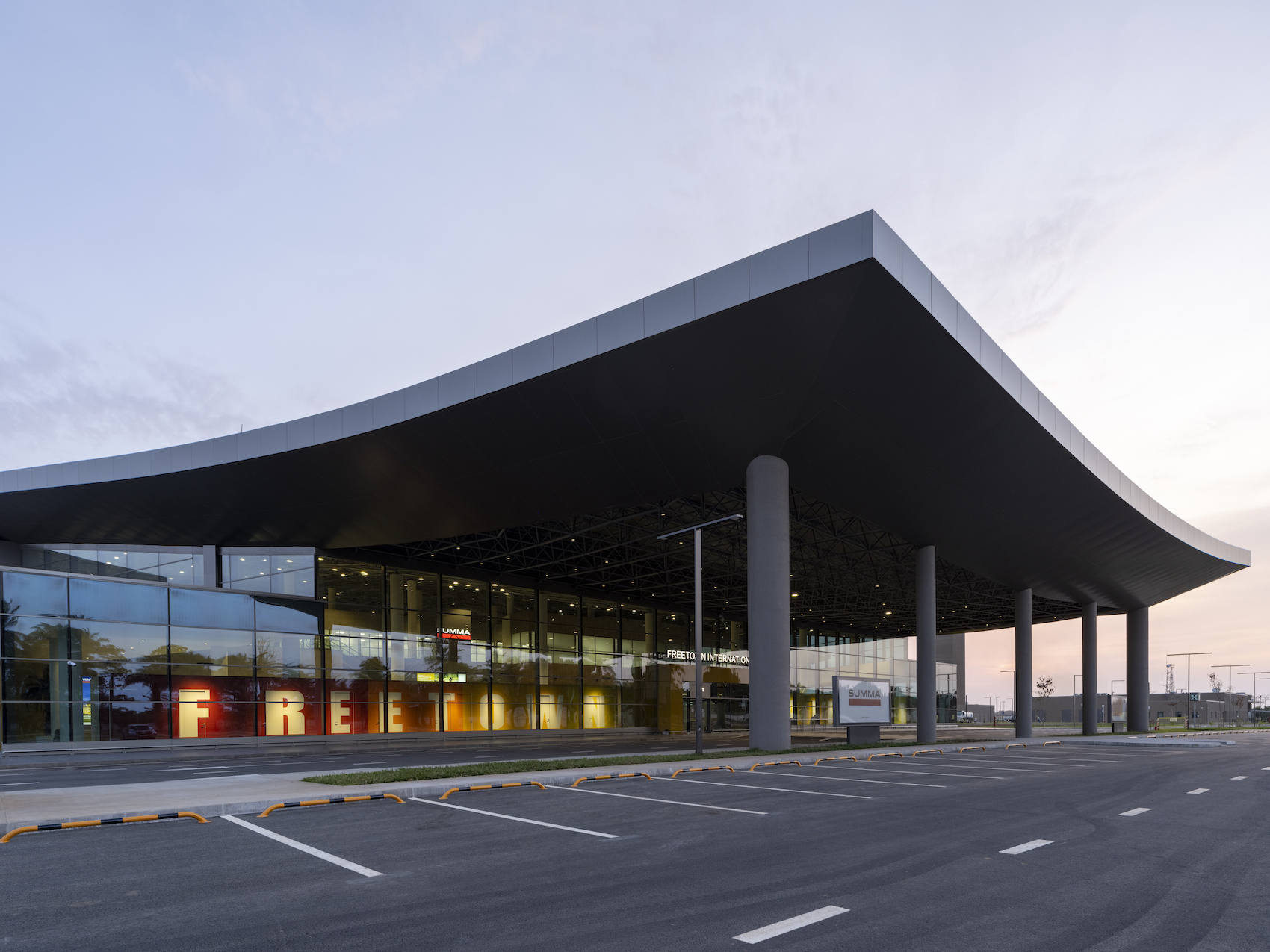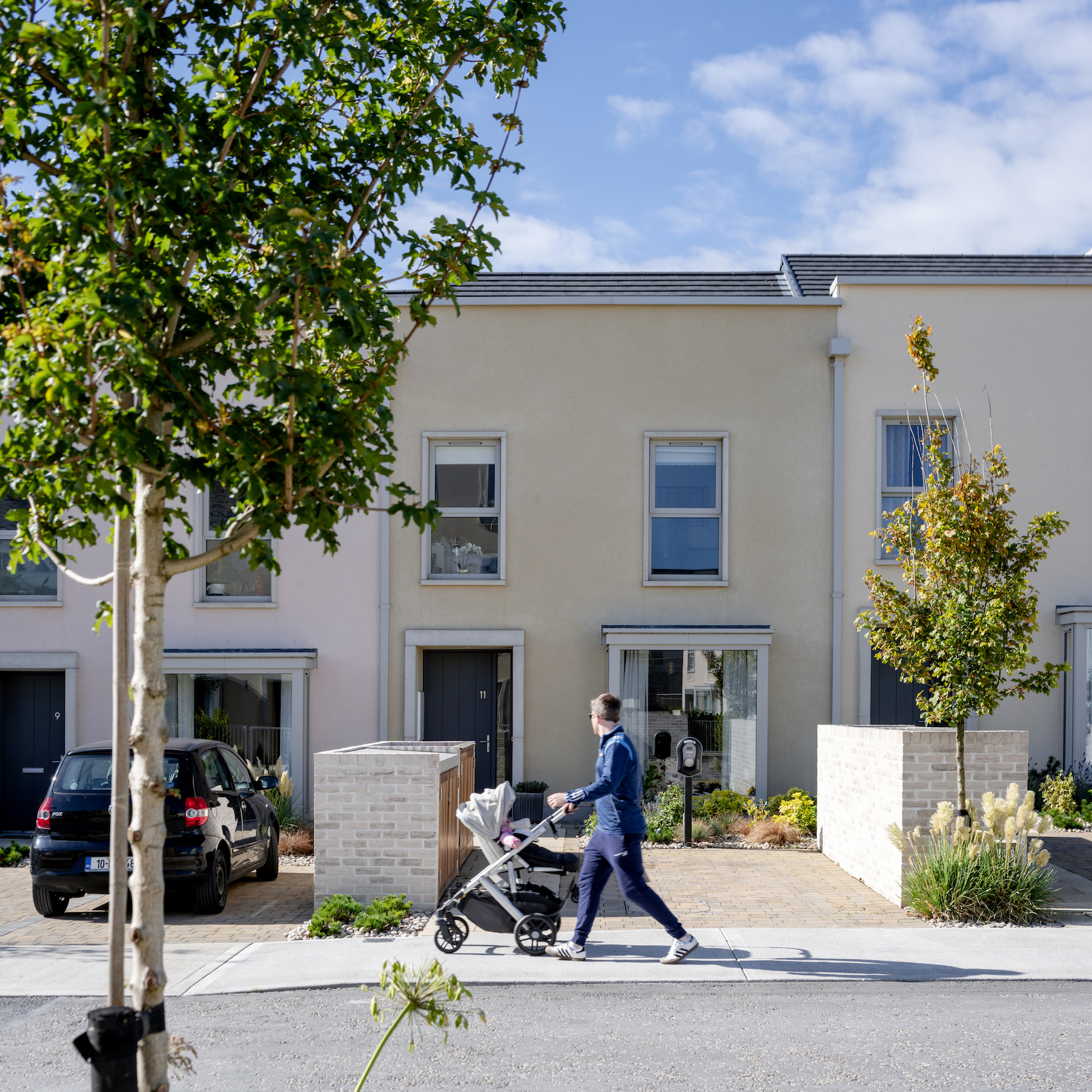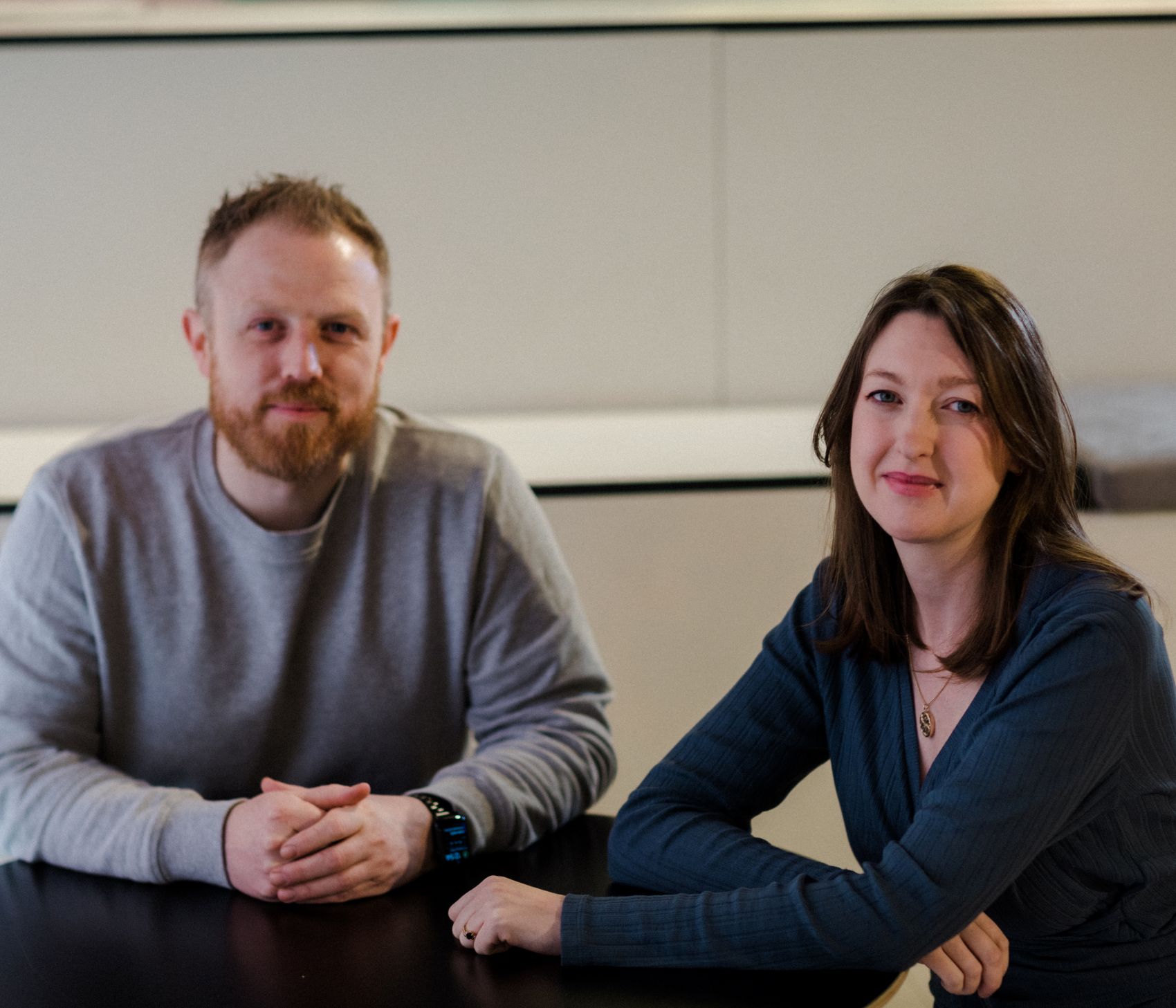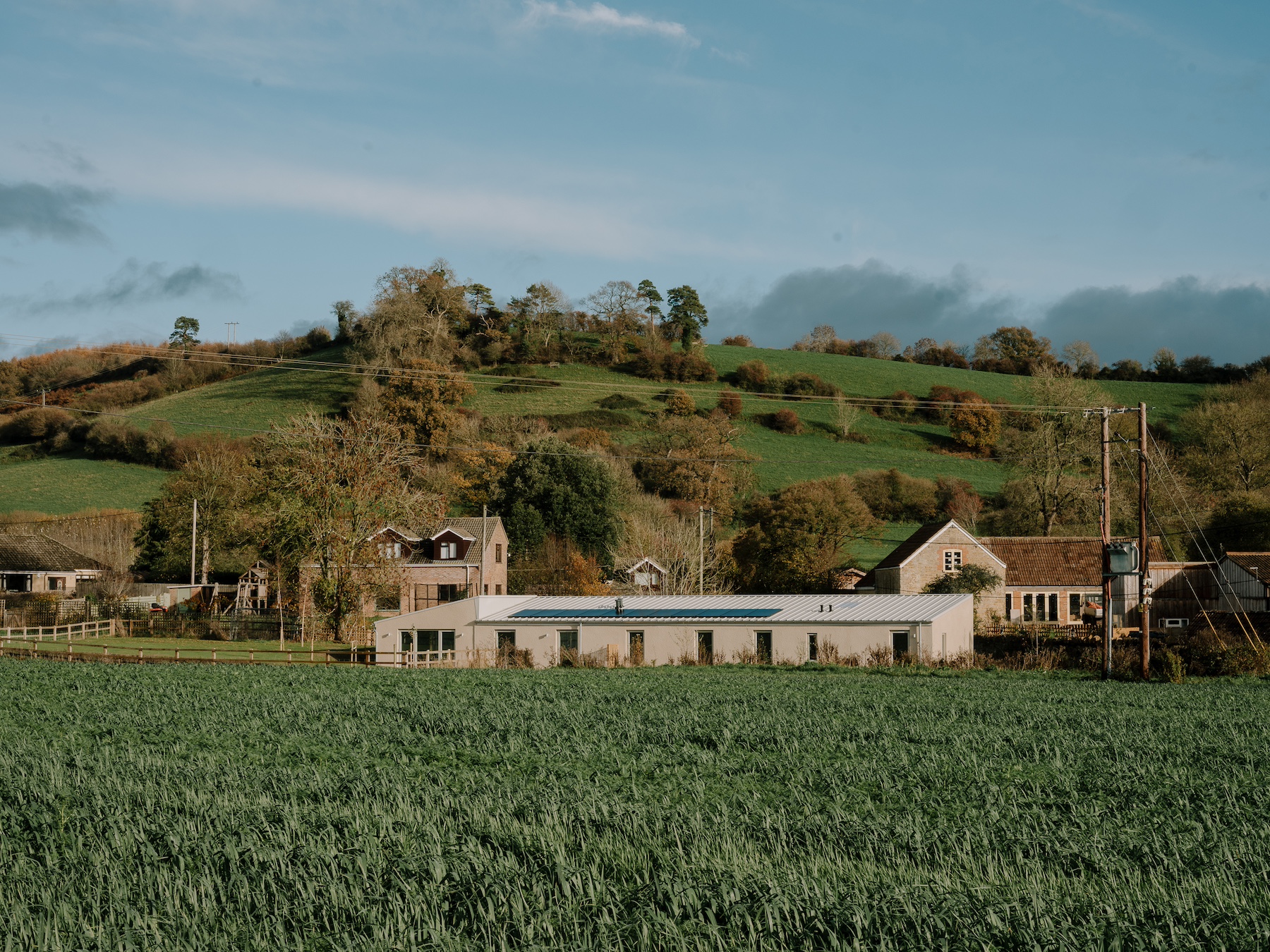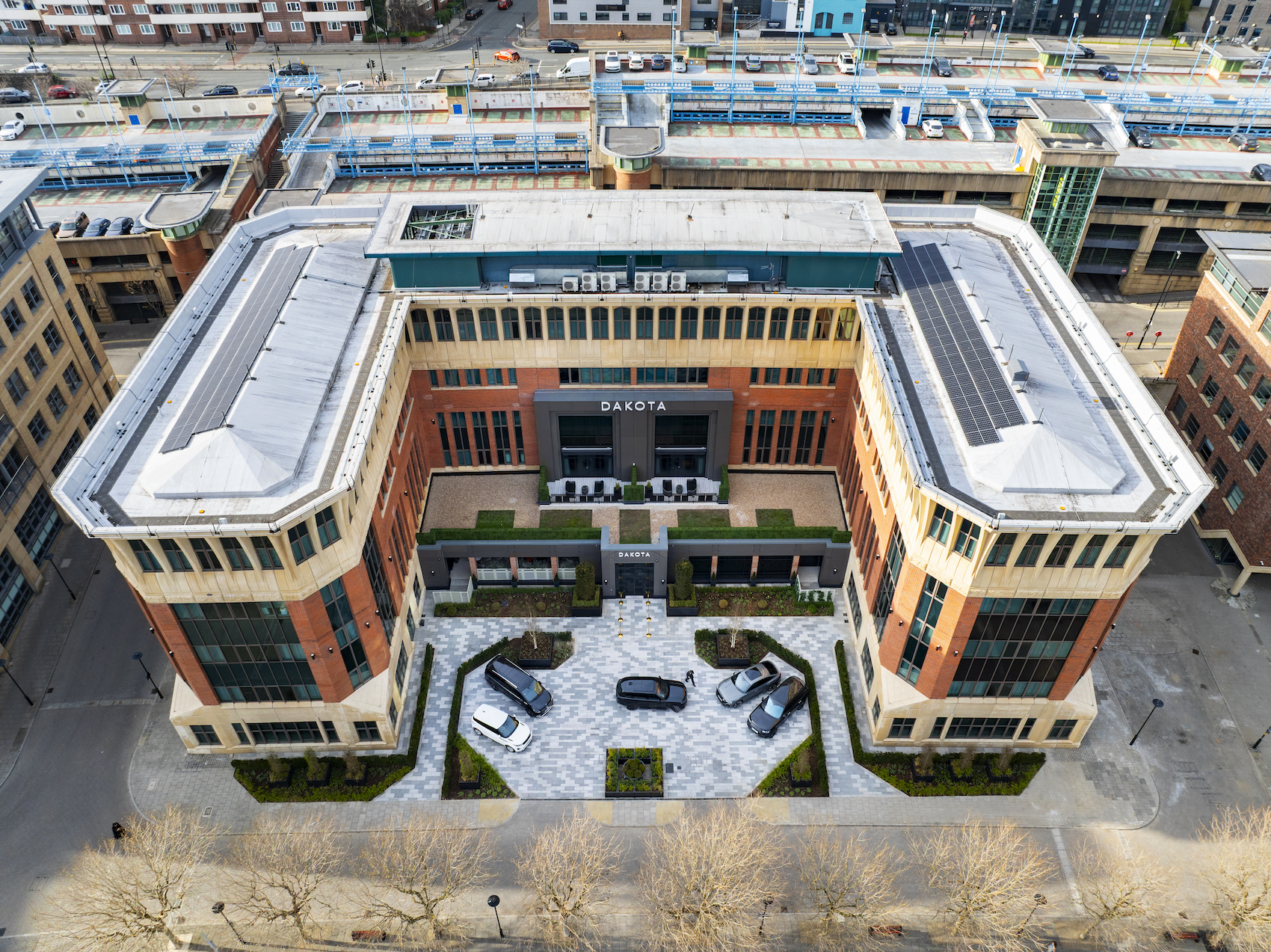London’s National Gallery has opened its doors to a newly refurbished education centre designed by Lawson Ward Studio with heritage support from Purcell.
Situated in the north-west quarter of the National Gallery, accessed via Orange Street, The Roden Centre for Creative Learning features a collection of open-planned learning spaces spanning three stories, tied together through bright colours and woody textures.
The refurbishment is the first of several works commissioned as part of the gallery’s NG200 bicentenary celebrations, and since opening to the public on 28th February, has established itself as a success. As executive architect for the project, Purcell leant their heritage expertise, providing advise during Phase 1.
Upon entering the centre, visitors are met by the large and airy ‘Welcome Space’: a double height atrium, with auditorium style seating to the left, and the Clore Art studio to the right. A yellow, gallery-style wall contains pockets of timber architectural motifs and models, encouraging sensory learning and investigation. This subtle provocation naturally leads children into the adjacent art studio: a bright and spacious room for learning through making, providing space and materials to respond to the museum’s collections in a creative way.
From the Welcome Space all other zones can be seen, instantly establishing this central area as a social and interactive space. Tiered seating leads up to a mezzanine throughout which reading nooks are built into the railings, providing moments to quietly pause and look over onto the entrance hall. These have been dubbed ‘Fragment Houses’ and along with the theatre steps, were the result of a series of workshops Lawson Ward Studio ran.
“They were especially drawn to the mosaic steps outside Central Hall, where they enjoyed sketching, chatting and reflecting on the works they had seen. They occupied these steps as their own collective space. Some sat in groups, others lay back looking up. The steps invited new ways of engaging with the collection and architecture around them,” said Hannah Lawson, director of Lawson Ward Studio which is based in East London.
The upper level is also host to a flexible ‘Social Space’, with tables and chairs for lunches or school activities. This opens out onto the double-height ‘Creative Space’, a big bright room that prioritises sensory learning. Just 50 per cent of the centre’s 900 square metre footprint was previously used for learning space, with large lobbies, cloakrooms and corridors segregating uninspiring, low-lit classrooms. Lawson Ward Studio has removed these barriers to learning by creating an inclusive and accessible environment that everyone can enjoy.
For many inner-city state schools, public learning centres are not only an extension of the classroom, but of the playground too. Many children suffer from a lack of space to be messy and noisy, play and experiment; aspects of education prioritised at The Roden Centre. Consideration has been paid to the diverse strands of educational needs that are not accommodated for in traditional learning environments. These have been woven together in a collection of playful, creative, and fun learning spaces. Through engagement with local school children, young people, and parents, Lawson Ward Studio and the National Gallery’s learning team have created a stellar example of co-design, exemplifying how such principles can create spaces of immense social value.
Credits
Architect
Lawson Ward Studio
Masterplan and Heritage Architects
Purcell
Multidisciplinary Engineers
Arup
PM/Cost Consultant
Gardiner & Theobald
Access Consultants
David Bonnet Associates
Planning Consultants
The Planning Lab
Contractor
SRM








